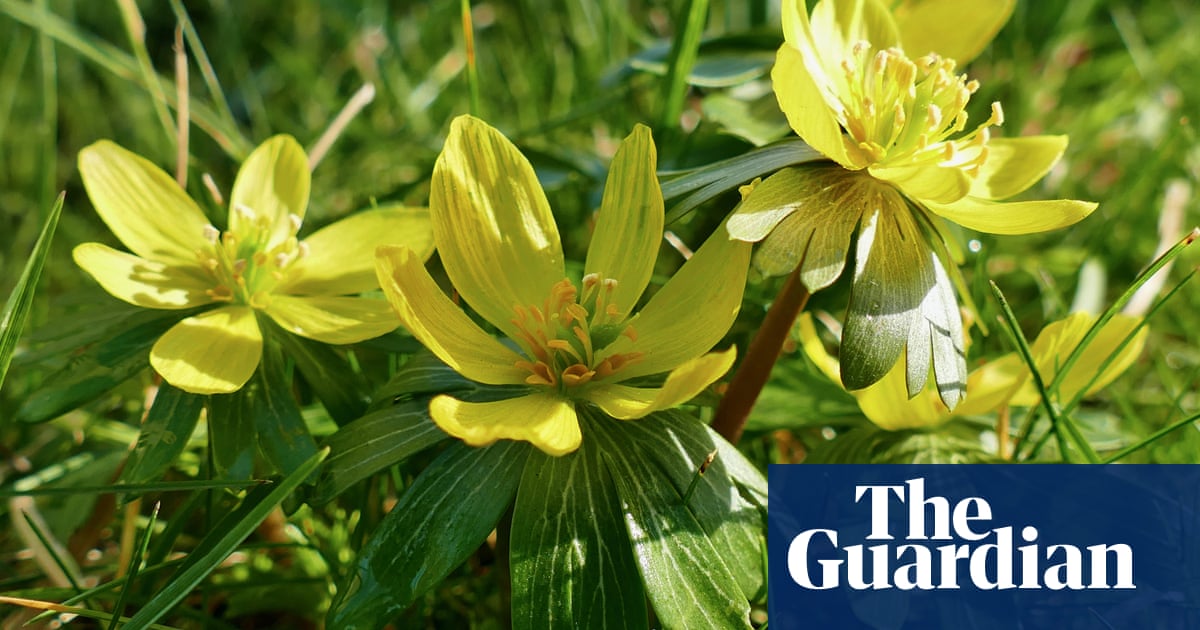
orty-nine early morning lockdown walks, and I’d only been rained on twice. Today balanced the account a little, with raindrops hammering on my umbrella. Not a day for lingering, with a cold wind and scudding grey clouds, but ahead, crossing the asphalt of the lane, was a fellow traveller, almost luminous in the gloom: a white-lipped snail, Cepaea hortensis.
Cepaea shells come in several colour schemes, with variable numbers of thick or thin spiralling brown bands or, more rarely hereabouts, simply bright yellow with no bands at all. Since the 1940s academic careers have been built on fathoming the evolutionary significance of this genetically determined variation within the genus. Climate, habitat and susceptibility to predation all play a part in the local frequency of morphs.
Before I could take a close look, a farm tractor rumbled around the bend and I had to step on to the verge. The snail survived, withdrawing into its shell, hunkered down while wheels splashed past on either side.
The day’s dullness emphasised this mollusc’s beauty: a globular spiral shell, glossy with rain, reminiscent of a freshly sucked lemon drop of the kind that I was partial to as a kid. As I watched, its head tentatively extended from the shell, followed by two antennae that had retracted, like sleeves turned inside out, when danger threatened. It glided serenely away across the rain-soaked road towards safety, propelled by waves of muscular contractions along the length of its foot: nature’s molluscan magic carpet ride.
A few mornings earlier I had found a large, conker-brown garden snail, Cornu aspersum, making the same crossing. The asphalt had been sun-warmed, dry and dusty, and its journey laboured. Hot-footed, it self-lubricated its progress with mucus, arching its foot to economise on production of the secretion: the snail-equivalent of tiptoeing, leaving a trail of evenly spaced circular patches of wet mucus, about the size of a five pence piece. Often, on warm summer mornings I find similar trails across flagstones in the garden. By then they are sun-dried and shiny, like a line of silver coins; the garden snail’s calling cards, leading from a row of what would have been, just the night before, precious seedlings.












